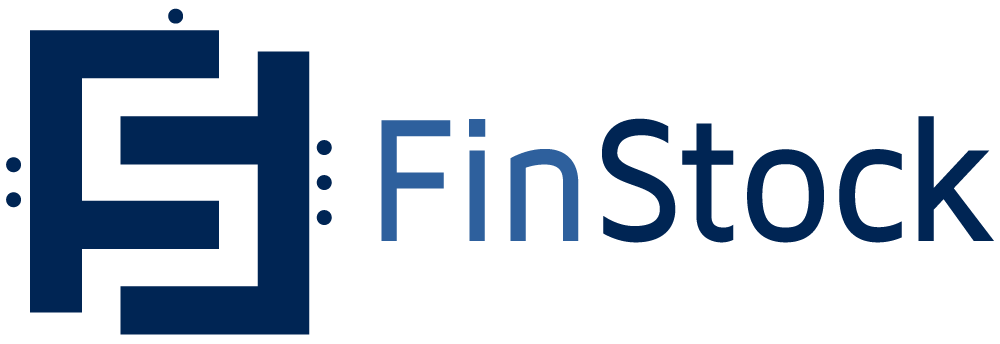With supply chain planning software you can automate the achievement of service levels, even under changing constraints resulting from major disruptions.
As COVID-19 continues its malevolent spread around the world, concerns grow regarding the continued impact on supply chains and business continuity. A few months ago, we highlighted a major theme from Gartner’s Supply Chain Planning Summit in our blog: winners change their mindsets–and accelerate through economic turns. Gartner research shows that companies that continued to increase earnings while others declined in 2009 and 2010 were those that were able to keep their foot on the gas through the downturn because they had planned responses in advance.
The real world rarely follows the rules–the Coronavirus is more evidence of this reality. To compete you need to be ready for anything. When you can rapidly and efficiently respond to whatever disruptions tomorrow brings, we ensure a higher degree of supply chain stability in today’s interconnected, global world, and you add more dollars to your bottom line.
Choose to respond efficiently and thrive amid the COVID-19 crisis
Macro events like the Coronavirus crisis trigger demand volatility that affects every link in your global supply chain—from the raw materials you procure to setting safety stock levels to planning logistics and promotions. Commonly companies will use a “firefighting” response in times of supply chain disruption in order to meet service levels. Examples of this include expediting with LTL and air freight and costly in-network transfers from warehouse to warehouse–all of which erode profit margins. Being ready for anything means you can effectively respond to critical events to eliminate costly reactionary activities in times of disruption.
Four ways to use AI-driven digital planning to respond to market changing disruptions
With digital supply chain planning you can automate the achievement of service levels even under changing constraints—and in some cases increased demand. In times like these it’s more critical than ever to use optimization to continue to provide service levels customers expect.
- Use demand modeling to fine-tune demand forecasts. Usually disruptive events require redefinition and reconfiguring of the supply chain network in order to identify correct allocation of flows and inventory. Probability forecasting and machine learning engines crunch multiple demand variables to automatically generate a reliable demand forecast in an uncertain, volatile environment. You can model alternative flows and networks while guaranteeing service policies to customers.
- Take advantage of dynamic multi-echelon rerouting tools. Being able to understand if supply expected from Europe needs to be re-routed and sourced from Asia or South America is important when entire channels become unavailable. Having a system that can shift the order calendars, restrictions and timings will help keep important goods available where needed.
- Utilize automatically optimized “fair share allocation”. If, under scarcity conditions, you can only meet 60% of demand, for example, it’s critical to use optimization and automation to determine the best way to allocate those resources until supply can be replenished. A good example here is toilet tissue or sanitizing products. You can allocate based on the relative volume of customer business, or even based on past performance in different markets.
- Exception management is more important than ever. The entire supply chain may seem like one big exception. However, prioritizing and removing as much human emotion as possible. An exception-driven system that prioritizes focus is what will set your company ahead of the costly reactive process most are facing now.
Being ready for anything means you can automatically and quickly translate any hypothetical future scenario into a series of timely and appropriate decisions. Many of our customers are taking advantage of “be ready for anything” technology to adjust faster and better to whatever they expect to be the future market behavior brought on by this health emergency.
One US-based ToolsGroup manufacturing customer sources parts from several Chinese and Italian suppliers. During this time of constrained supply, it is working with these suppliers to understand what supply will look like, balance current inventory position within the manufacturer’s and the distribution network and model a range of potential downturn in US and European demand.
The COVID-19 crisis has ushered in the downturn we knew was somewhere on the horizon. Will your company merely survive it, or will you keep your foot on the gas and surpass expectations?
* Gartner: Winning in the Turns: Scenario Planning for Economic Uncertainty. 24 June 2019 – ID G00711287
The source of this article is from ToolsGroup
By DAVID BARTON

